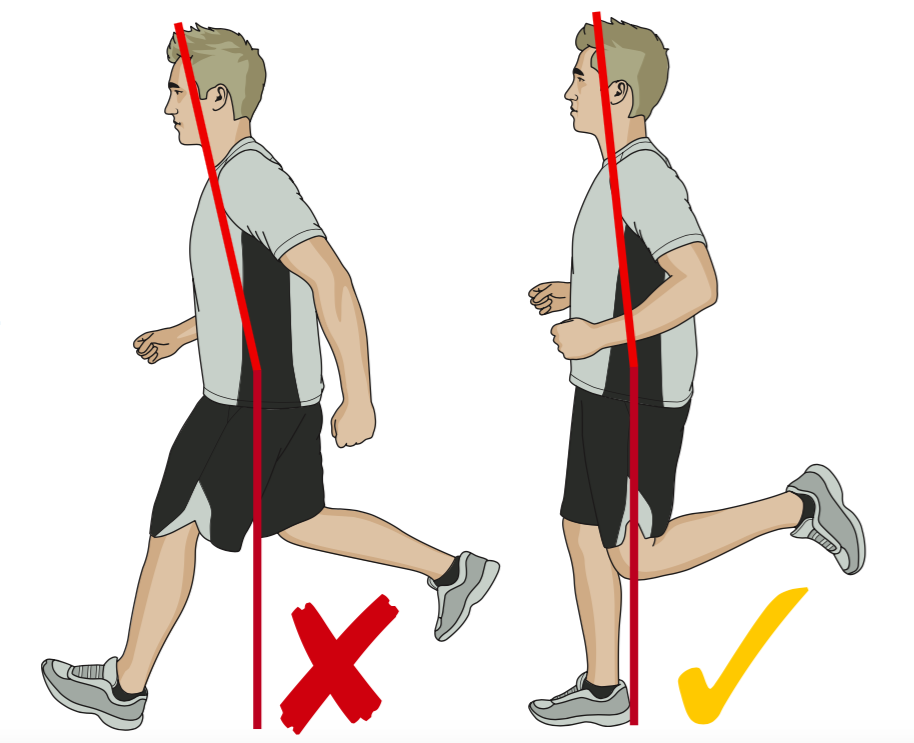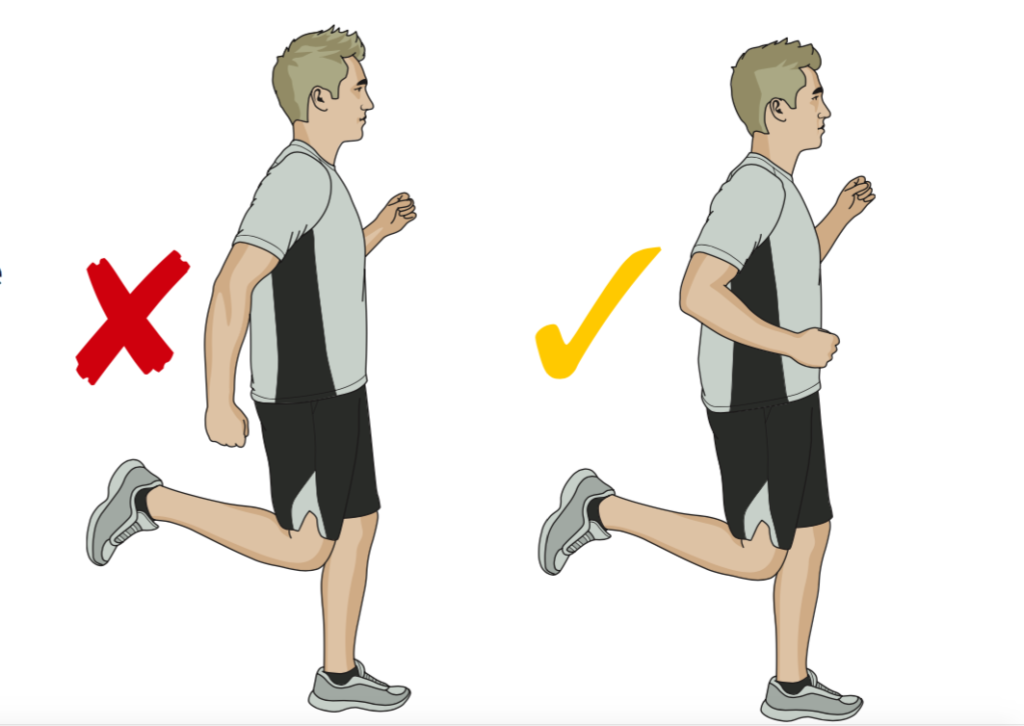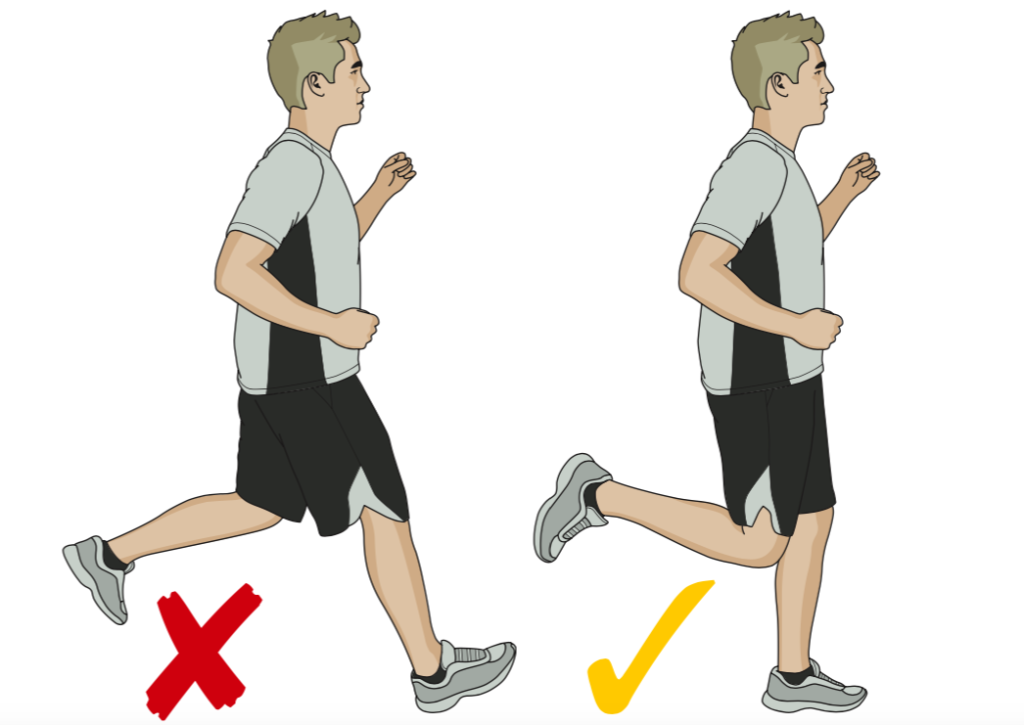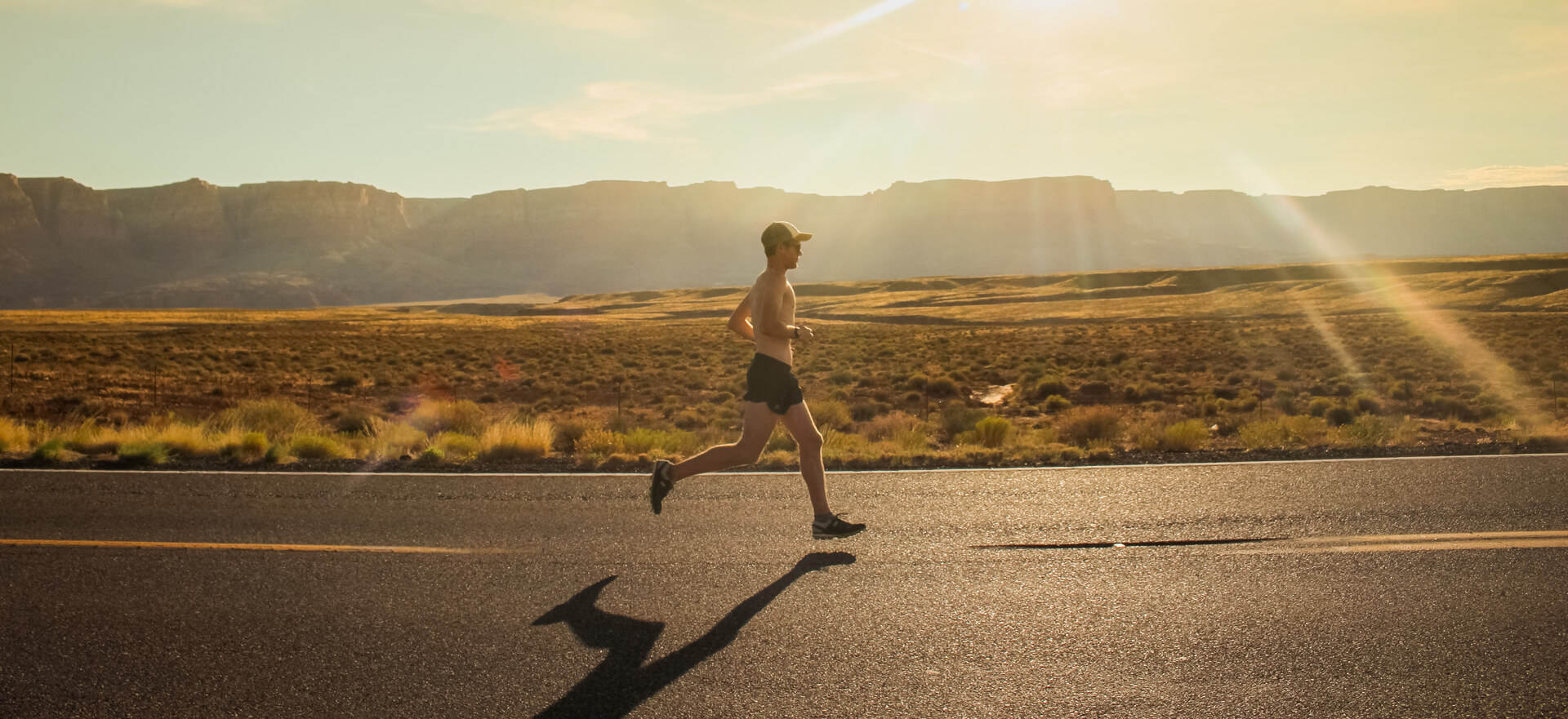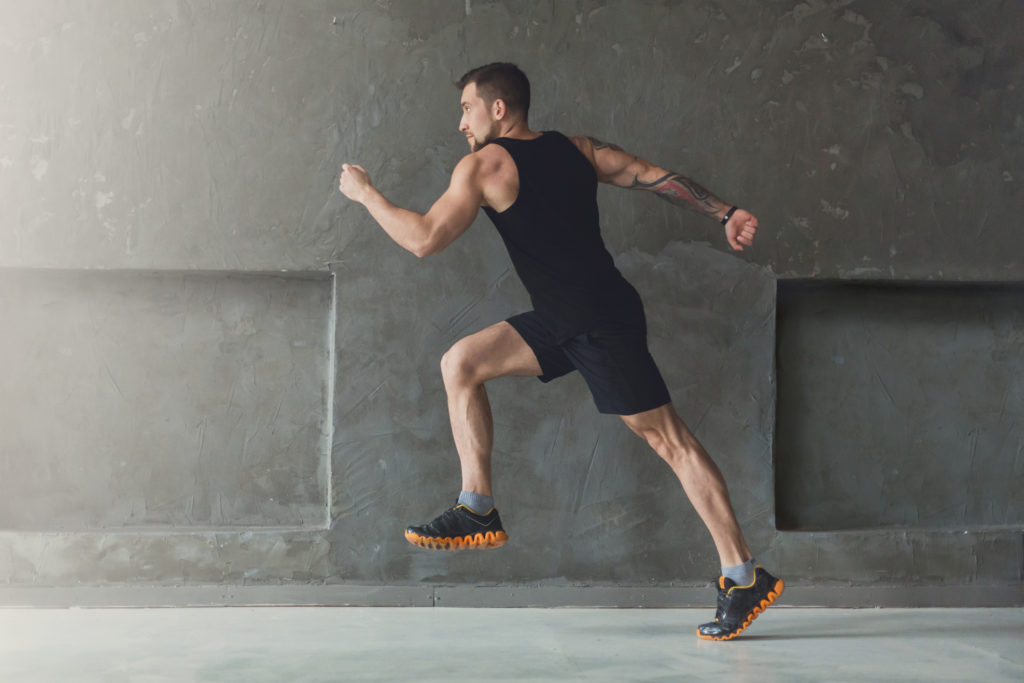 After picking apart our running foibles on film with James Dunne of Kinetic Revolution we’ve come up with six golden rules to help you improve your running style…
After picking apart our running foibles on film with James Dunne of Kinetic Revolution we’ve come up with six golden rules to help you improve your running style…
1 One size does not fit all
Problem: If you’ve got injury issues or simply want to improve your speed, taking ready made techniques from the Internet or a book is not the best solution: “People will read about one technique and force themselves to run in a particular way that won’t be appropriate for them,” says Dunne. Forefoot running is a much-heralded style that, in reality, can’t just be adopted by every man and his dog.
Solution: “It’s a case of analysing how you run, viewing it on video, taking into account injury history, sporting goals, sporting history and figuring out what will work for you and how to implement it bit by bit to see progression.”
2 It’s not just about how you land your foot
Problem: When runners try to change their foot-strike, they’ll address how they’re landing their foot but not where they’re landing it.
Solution: Dunne says: “Before you even start messing with foot-strike, look at where your foot lands in relation to the rest of your body. It’s important to pull your relative stride
length in so your foot is landing underneath your hips so as to remove a lot of that breaking force created when you over-stride. Even if you’re not changing from heel-striking to forefoot- striking, you can still get massive gains in efficiency just by coming in closer to underneath the hips and reducing a lot of the inefficiencies in your stride that way.”
3 It’s not all about your legs
Problem: A lot of runners are not coached to change their upper body, but people who lean forward from their hips cause themselves no end of grief.
“The inner ear and eyes tell the body where you are in space in every direction,” says Dunne. “So if your head is out in front of you and you’re leaning forward from your hips, then your brain will think the rest of the body is further forward than it is and think it’s appropriate to land the foot further forward.”
Solution: Lift your head, push forward your pelvis, don’t stick your arse out and your relative stride length will come in. “If you’re trying to go forward as quickly as possible, why stick something down in front of you?” says Dunne. “Think about a pole vaulter,” “They jam their pole into the ground in front of them, stop and go in another direction. This is the same, big, breaking force and creates the same impact up through the rest of the body.”
4 Arm Yourself Properly
Problem: A lot of runners suffer from passive arm syndrome, says Dunne. “Some people will run with a massive angle at the elbow, their arm is really wide and open but it’s vital to remember that the upper body sets the pace for the legs. I see lots of runners act very passively with the arms and it’s that effect that ends up allowing the legs to slow down and over-striding comes in to play.”
Solution: Think of your arm as a pendulum. If it’s long it swings slowly, if it’s short it will swing quicker and your legs will follow suit. Over to the expert: “By shortening the angle at the elbow, you manage to effect the speed of the legs. At a given speed, if you turn the legs over at a higher cadence, it’s another way of pulling in that
relative stride length. Keep on asking yourself whether you’re being active or passive with the arms. Stay loose through the shoulders, make sure you’re getting that elbow back with each stride, give yourself 50-100 yards of that every now and then anditwillactasa subconscious trigger for the legs.”
5 Get your leg mechanics right
Problem: Many runners mainly use their quads and hip flexors to pull their legs through in front of them, straining those front muscles too much rather than employing their hamstrings and glutes.
“The foot can only go where the leg goes,” says Dunne. “If your leg mechanics are all wrong, the foot will end up in places it doesn’t want to be, i.e landing out in front of you.”
Solution: Pick up your foot and bring it through 90o behind your rear end, allowing engagement of hamstrings and glutes. “It is really important to sort out any muscle balance issues around the hip and knee and it encourages that short relative stride length, because you create a more complete cyclical motion of landing your foot underneath as opposed to the dragging through effect. Improving your leg mechanics will put your foot in more comfortable positions and will reduce problems further up the body.”
6 Treat running like a skill
Problem: There is a general hesitance to think of running technique as a skill, says Dunne. “We go out and work with tennis coaches to change our serve, golf coaches to improve our swing, swim coaches to change our stroke. These are the same as running – movements we can break down and build back up. Common running wisdom is that if you want to get faster you need to get out there and run more and beast yourself. There is another way.”
Solution: Optimise your technique, don’t force yourself into a pre-determined style but find what’s right for you and make sure you’re as efficient as can be. “This will enable you to perform better and stay injury free for longer. One of the biggest factors in being able to train and perform well is to be able to hold yourself together for a serious amount of time. Injury prevention, as dull as it sounds, is really important, and the combination of performance and injury prevention is about getting your technique sorted.”
If you’ve been running for a long time, tweaking your running style may feel a bit strange at first. Try to make small changes gradually and also consider cutting down your mileage until the new technique begins to feel more normal. If you need to, run using the new style for a minute or two, then walk for 30 seconds, and so on. Eventually it will feel natural.


